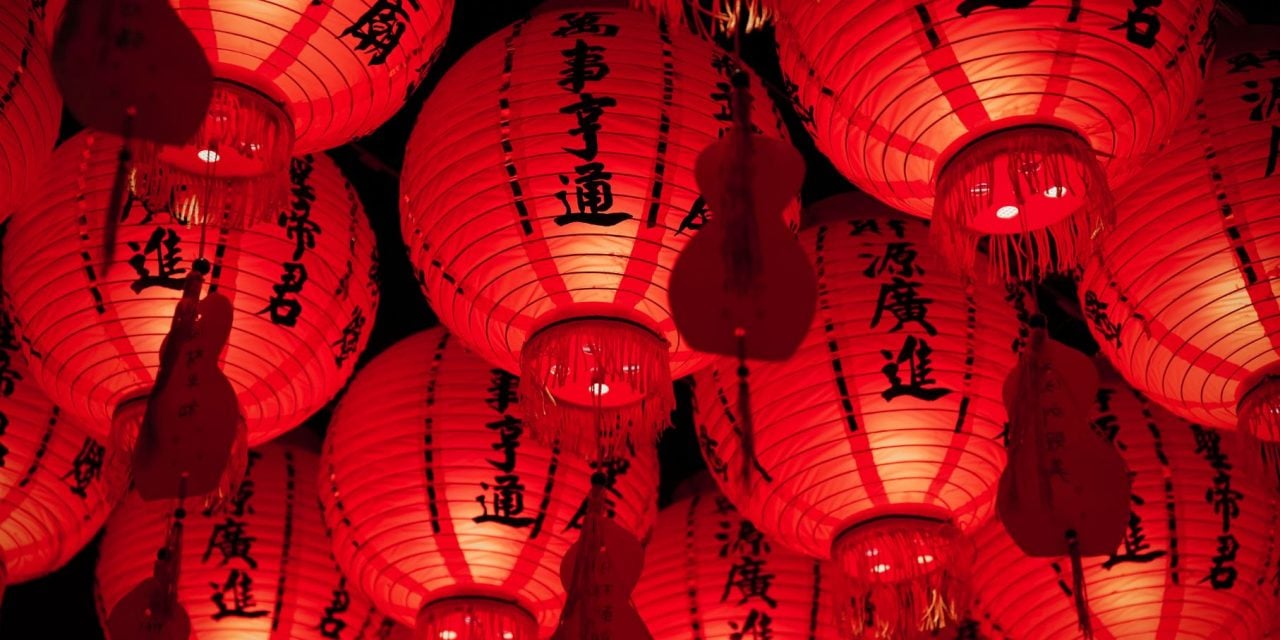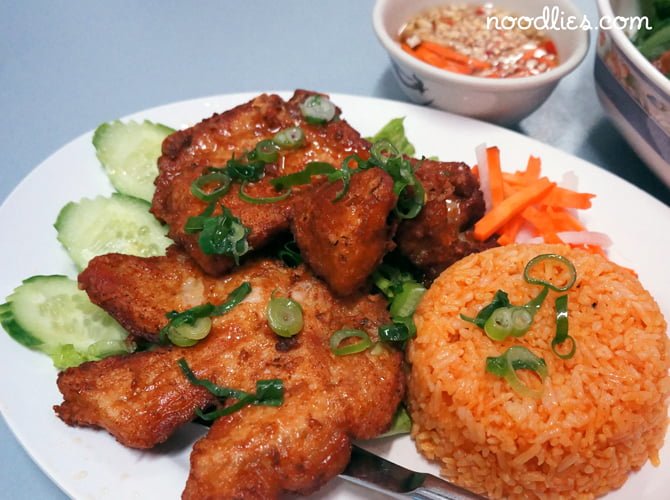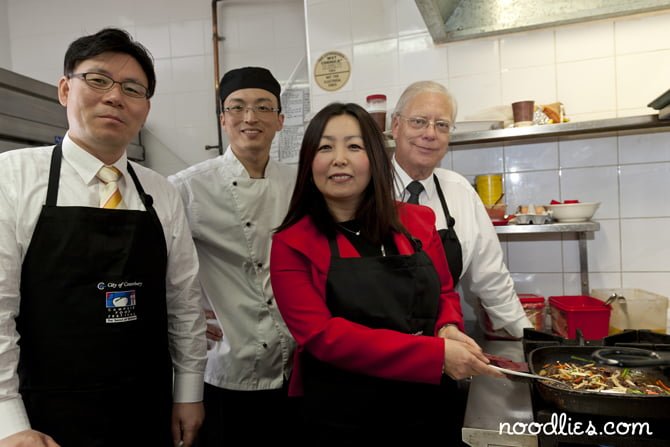8 lucky foods for a happy new year
Eat your way to good luck for the year of the pig, Local East Magazine, 1 February 2019.
By Thang Ngo
The most important festival across Asia, Lunar New Year is celebrated in China, Hong Kong, Singapore, Taiwan, Vietnam, Korea and thanks to the large Chinese diaspora, just about any Chinatown across the globe.
It’s a week-long public holiday in In China, when people head back to their home town to celebrate with family and friends, sparking the largest annual mass migration on Earth, some 385 million Chinese are expected travel during this period.
The festival has many names, Chinese New Year, Lunar New Year, Spring Festival and Tet (Vietnam). Based on the lunar calendar, new year falls on a different day each year. The coming Year of the Pig starts on Tuesday, 5 February 2019.
Naturally, the New Year is about family and looking forward. It can be a time of great superstition, for people to act, eat and observe traditions to maximise luck, personally and professionally, for the coming year. Dragon and lion dancing and fire crackers are popular for a good reason – the noise and vigorous movement are intended to ward off evil and bad luck.
Anything that happens during the first days of the new year will be repeated for the rest of the year. So naturally, the house is spotless before the first day of the year, quarrelling is avoided and given of gifts including money in red packets to younger generations is encouraged.
Everyone wants good luck in the new year in the three main areas of health, wealth and happiness – a common greeting for the New Year.
LUNAR OR CHINESE NEW YEAR GREETINGS
Mandarin: gōng xǐ fā cái is the most common greeting “respectful wishes for your prosperity”
Cantonese: gong hey fat choy is the Cantonese equivalent
Vietnamese: chúc mừng năm mới
Korean: Saehae bok mani badeuseyo
FOOD TO BRING GOOD LUCK IN THE LUNAR NEW YEAR

For good luck in the new year, maybe you should try these 8 lucky foods:
- Spring rolls, dumplings: are all about wealth, in addition to being delicious, their shapes resemble ancient Chinese gold ingots.
- Fish: represents prosperity, as it sounds like “abundance” in Chinese, eat whole fish for wealth all year ’round.
- Noodles: if you want long life, choose dishes with long strands of noodles, don’t cut them before you eat them otherwise you risk cutting short your life.
- Whole chicken: including head and feet: is symbolic of family reunion, togetherness and happiness. Make sure the chicken is as “whole” as possible, including head and feet.
- Tangerines, oranges: brings wealth as tangerine sounds like “luck” in Chinese, while orange sounds like “gold”.
- Mut (candied fruit): is popular with Vietnamese, their sweetness brings a sweet life and candied seeds such as lotus bring family happiness through more children (“mut” is a Vietnamese word).
- Watermelon: Vietnamese believe good luck comes to the household if a watermelon is cut during New Year and the inside is red, the darker the red, the greater the prosperity.
- Ddukguk: this rice cake soup is traditionally served on New Year’s Day in Korea. Lunar New Year is a time when everyone has their birthday. Eating this soup celebrates getting a year older in Korean culture.
Thang Ngo is a food commentator and writer. He publishes noodlies, a popular food blog featuring culturally diverse food.






